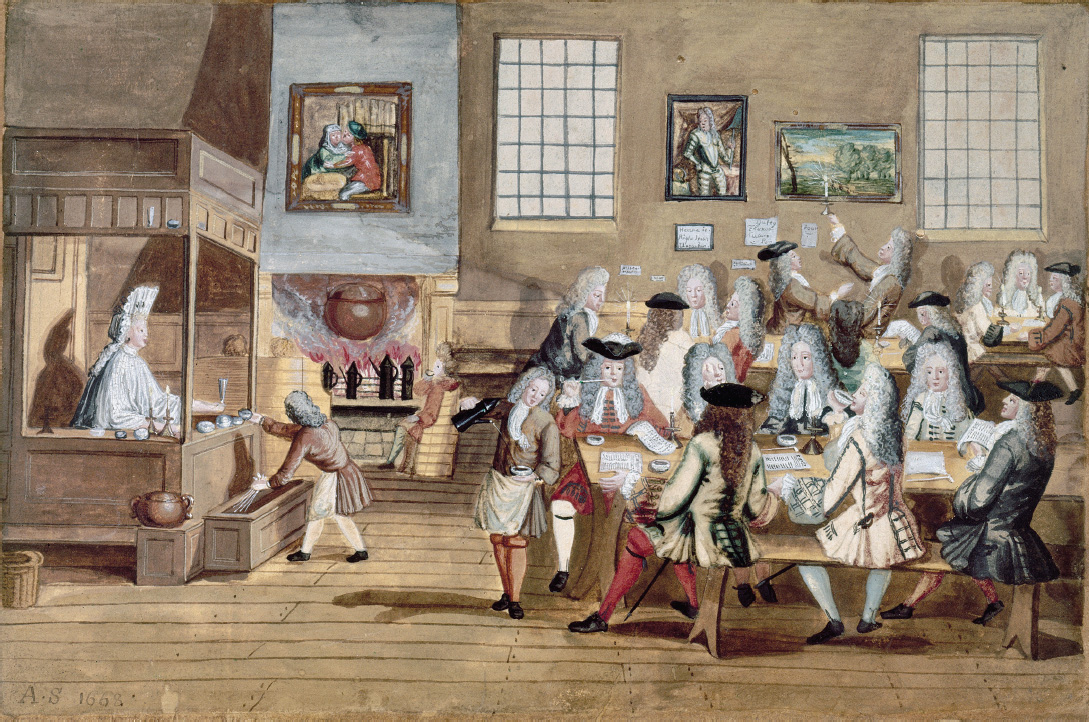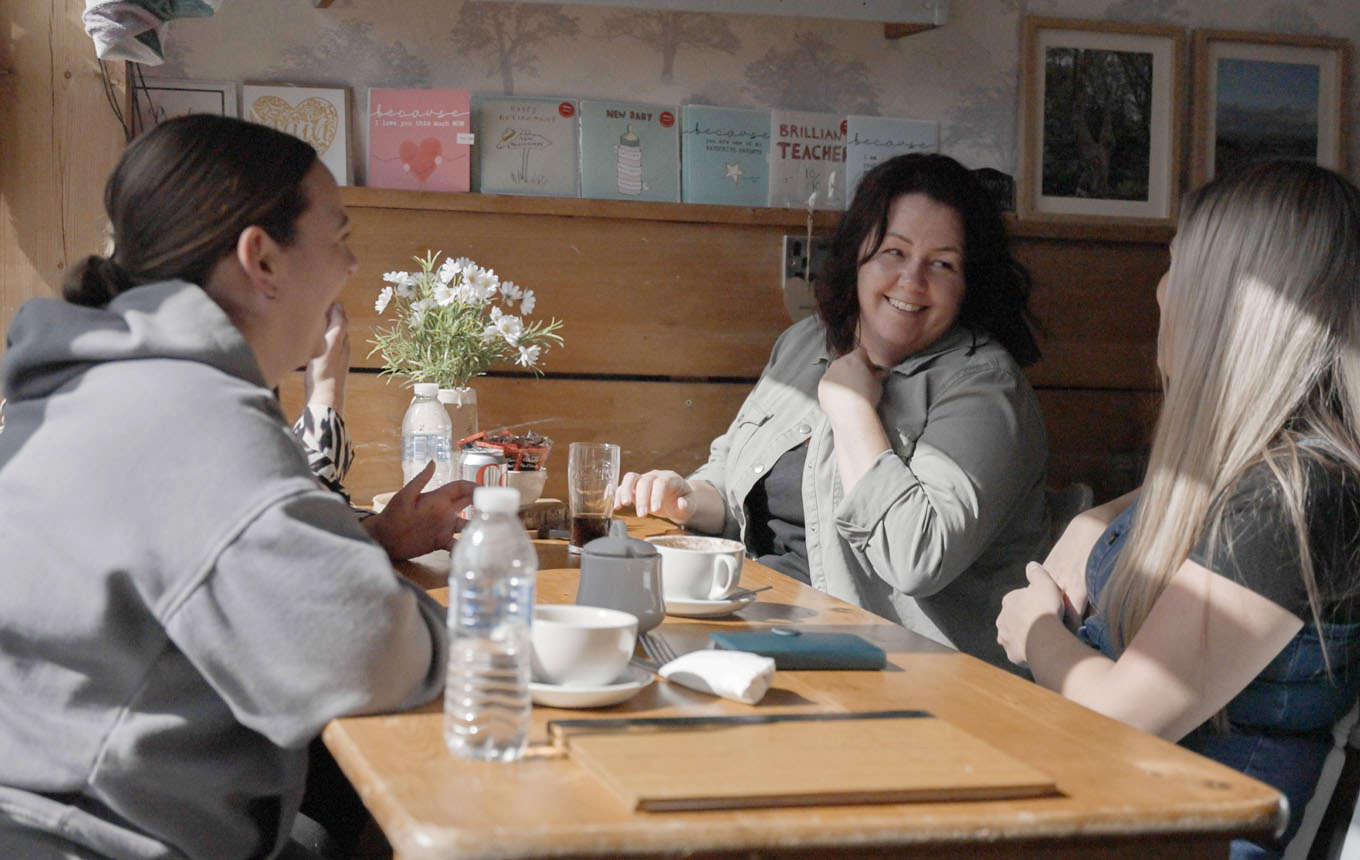Cafe Culture
You’d think cafes were just places to sit and drink coffee, somewhere that might make a better brew than you could at home. While that’s probably true for most of us, coffee houses have a surprisingly storied legacy in shaping our cultural landscape.
Beans began arriving on our shores in 1650 after being imported from the Middle East. It wasn’t long before the coffee houses that started emerging in London and Oxford became light-heartedly nicknamed penny universities, as for the price of a cup, you could engage in a stimulating debate. Openminded coffee shop conversation incubated ideas and fuelled the Age of Enlightenment, hosting impassioned discussions concerning politics, literature, and philosophy.
Consider coffee shops an antidote to the raucous and intimidating atmosphere of taverns at the time. These were places of expression, somewhere to meet, but also an environment where everyone could blend. Social classes rarely had the opportunity to mingle, but cafés were one of the few places you might find an aristocrat sitting alongside a student. They were the epitome of egalitarianism at a time of hard class barriers.

In an era when education was reserved for the affluent, coffee houses democratised knowledge and fostered an entrepreneurial spirit, leading to businesses blossoming. The foundations of the London Stock Exchange formed in Jonathan’s Coffee House after traders were barred from the Royal Exchange for rowdiness. Meanwhile, Edward Lloyd used his coffee house as a hub to provide traders and shipowners with maritime insurance. The institution would grow into one of the world’s leading insurance markets.
Alongside business, café’s diverse clientele continued to blossom through nurturing a critical-thinking culture and political debate, which played host to intellectuals from across the globe. After being exiled from Russia for their political perspective, Leon Trotsky and Vladimir Lenin met in a London coffee house for the first time. Meanwhile, in Paris, influential writers such as Earnest Hemingway and F. Scott Fitzgerald often wrote in cafés while contributing to the Lost Generation’s literacy legacy.
However, after coffee houses started developing a stuffy reputation, Moka Bar introduced the espresso machine to the UK in the 1950s and revitalised café culture. Enticed by the edgy aesthetic, a younger audience of Teddy Boys and Mods embraced imitating Italians by sipping shots of espresso. The scene cantered in Soho, but rapidly spread across London and developed the foundations of our contemporary café experience, idolising lavish interior design or spaces which convey comfort.
Even though our eagerness to consume coffee saw the emergence of chains, after the espresso bar revolution, independent café’s popularity soared. They currently account for over a third of the UK market, bringing in £4.6 billion annually. Customers consistently prioritise quality and experience when selecting where to spend, leading to a 4.1 % growth in independent coffee’s market value last year.
It’s easy to understand why independent cafés are everywhere. They’re more than places to consume coffee; they’ve become vital third spaces for people to interact with and embed themselves in the local community. Swansea’s selection is particularly generous; Sullivan’s Tea & Coffee Co’s regal decor allows you to sip into a stately setting, while Cwtch Corner is the epitome of cosy. Alternatively, Square Peg champions local roasters and celebrates Swansea’s community.

Though, coffee and community have always been connected. You might consider cafés little more than a place to catch up or relax, but they’ve been cultural catalysts since our introduction to coffee.